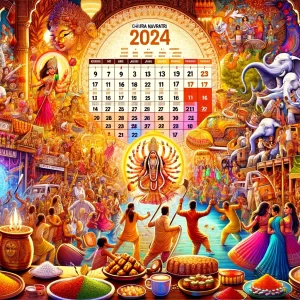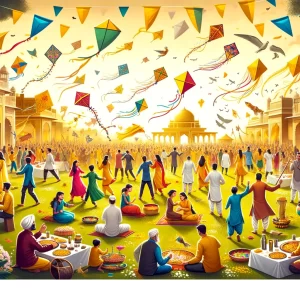Cool Facts about Chinese New Year
Cool Facts about Chinese New Year. Chinese New Lunar Year Brings Largest Human Migration On The Earth!
Chinese New Year, also known as the “Spring Festival” in modern Mainland China, is an important Chinese festival celebrated at the turn of the traditional lunisolar Chinese calendar. Celebrations traditionally run from the evening preceding the first day, to the Lantern Festival on the 15th day of the first calendar month. The first day of the New Year falls on the new moon between 21 January and 20 February. Year 2022 is Chinese year of the Tiger.
An honour to deities and ancestors
The New Year festival is centuries old and gains significance because of several myths and traditions. Traditionally, the festival was a time to honor deities as well as ancestors. Chinese New Year is celebrated in countries and territories with significant their populations, including Mainland China, Hong Kong (officially as Lunar New Year), Macau, Taiwan, Singapore, Indonesia, Malaysia, Thailand, Vietnam, Cambodia, Mauritius and Australia, and the Philippines. There New Year is considered a major holiday for them and has had influence on the lunar new year celebrations of its geographic neighbours.
Chinese New Year involves the world’s largest human migration. There are a number of interesting Chinese New Year facts. Chinese New Year follows the lunar calendar and each of the year is associated with an animal.
Interesting Facts On Chinese New Year
1. The festival date changes every year.
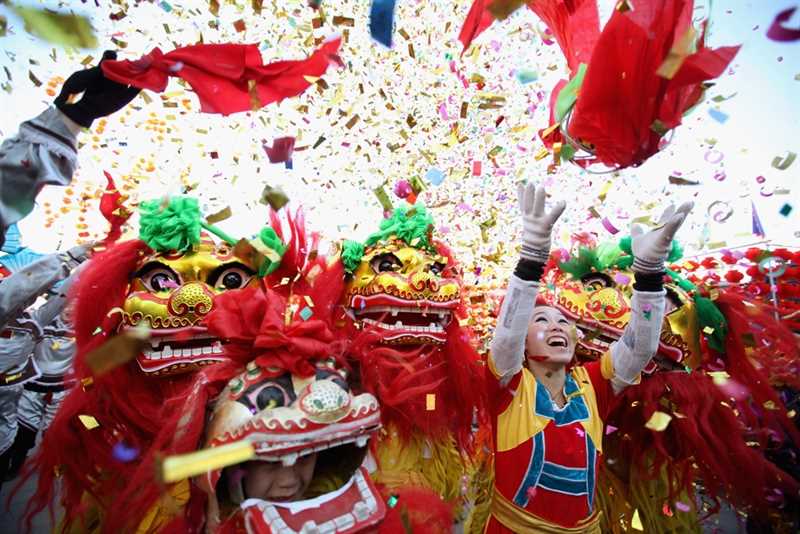
This is because it follows the lunar calendar, based on the move of the moon. Usually, it falls on a day between mid-January and mid-February.
2. Spring Festival.

The festival usually falls after the solar term, Beginning of Spring (Li Chun), and is a festival in the spring, hence called so.
3. Chinese New Year starts a new animal’s zodiac year.
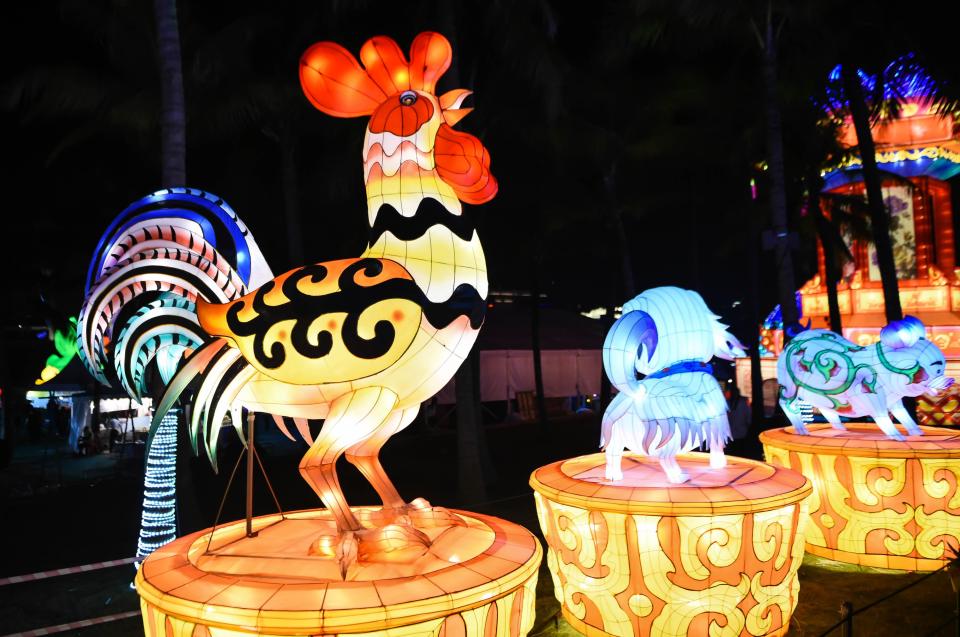
In China, each lunar cycle has 60 years and 12 years is regarded as a small cycle. Each of the 12 years is defined by an animal sign: Rat, Ox, Tiger, Rabbit, Dragon, Snake, Horse, Sheep, Monkey, Rooster, Dog, and Pig. 2022 is the year of the Tiger.
4. The celebration lasts for 15 days till Lantern Festival.
The peak time of the entire celebration is on Chinese New Year’s Eve and the first day of the lunar new year. The 15th day is called Lantern Festival, marking the end of the celebration.
5. It is a festival for 1/5 of the world’s population.
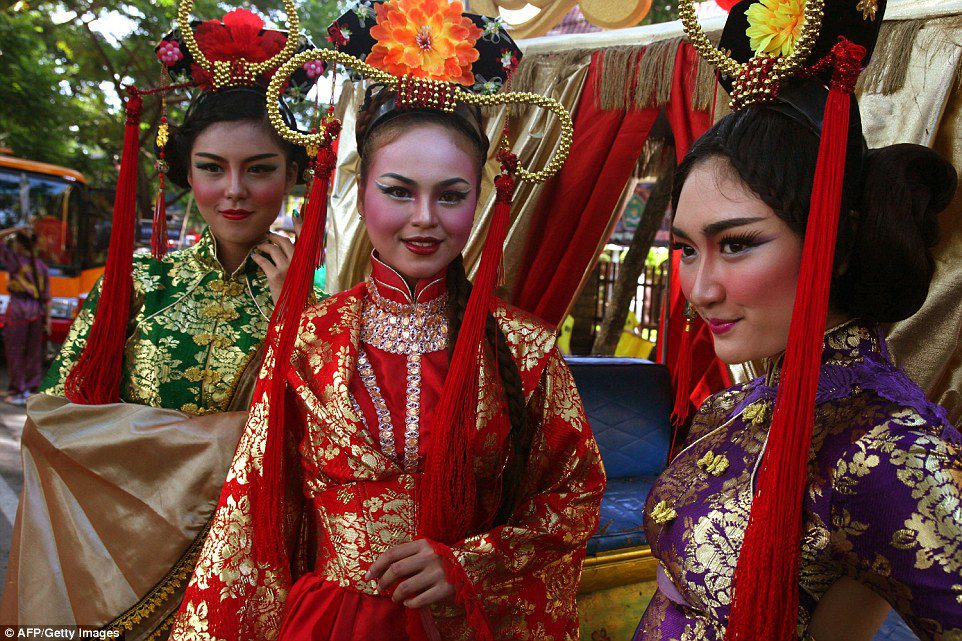
It is not only celebrated in Mainland China, but also observed in Hong Kong, Taiwan, Vietnam, Singapore and some other Asian countries as well as Chinatowns around the world.
In recent years, the celebrations in New York, London, Vancouver, Sydney and other overseas cities have spread out of Chinatowns. Chinese New Year has become one of the world’s most celebrated festivals.
6. 4% of the world’s population are on the move.
200 million Mainland Chinese travel long distances for these holidays, and it is estimated that there are 3.5 billion journeys in China. For comparison, less than 100 million people travel more than 50 miles during the Christmas holidays in the US according to the American Automobile Association.
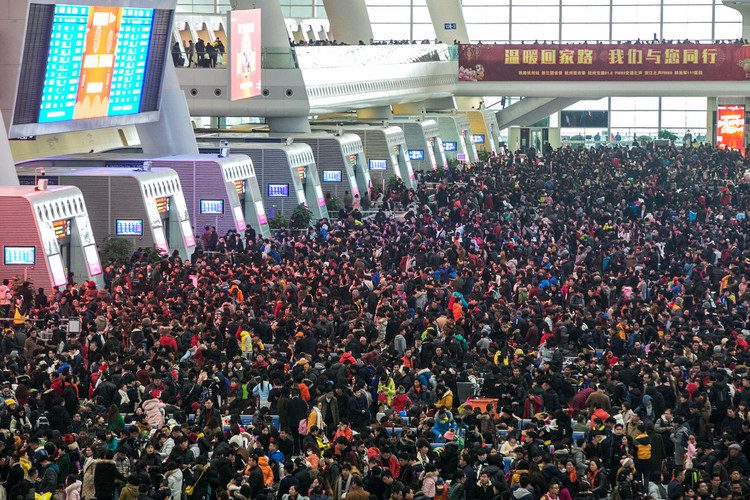
Tens of millions of people travel in other countries too.
7. Reunion dinner is a ritual.

Families get together for the reunion dinner.
The reunion dinner on Chinese New Year’s Eve is a big feast to commemorate the past year. This is the most important time to be with families.
After the reunion dinner, families sit together to watch the Spring Festival Gala while chatting with each other. As the most watched TV program, the gala collects various well-selected performances, targeting audiences of different generations.
8. World’s biggest annual fireworks usage.

There comes the annual largest usage of fireworks on this planet. Fireworks are an indispensable part of the celebration to liven up the air of Spring Festival. All families set fireworks to celebrate the festival. The biggest firework show is on Lunar New Year’s Eve.
9. Billions of red envelopes are exchanged.
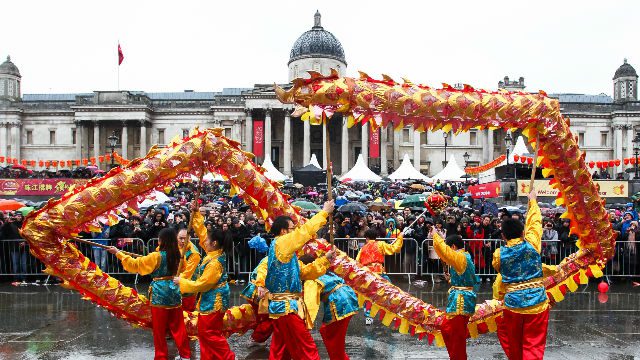
The celebration decorations are mostly in red. Houses are decorated with red couplets, red lanterns, and red paper cuttings; city streets are lit up by red lanterns; and numerous people are dressed in red. It’s because red in Chinese culture is the symbol of happiness, wealth and prosperity, which can ward off evil spirits and bring good luck. What these red decorations to the festival is just like what a Christmas tree to Christmas.
10. “Xinnian Kuaile” means “Happy New Year”.
Within China, regional customs and traditions concerning the celebration of the Chinese New Year vary widely. Often, the evening preceding Chinese New Year’s Day is an occasion for Chinese families to gather for the annual reunion dinner.
It is also traditional for every family to thoroughly cleanse the house, in order to sweep away any ill-fortune and to make way for good incoming luck. Windows and doors will be decorated with red color paper-cuts and couplets with popular themes of “good fortune” or “happiness”, “wealth”, and “longevity”.
Other activities include lighting firecrackers and giving money in red paper envelopes. Among about one third of the Mainland population, or 500 million Northerners, dumplings (especially those of vegetarian fillings) feature prominently in the meals celebrating the festival.
Chinese Calender
The lunisolar Chinese calendar determines the date of Chinese New Year. The calendar is also used in Korea, Japan and Vietnam.
Gregorian Calender
In the Gregorian calendar, Chinese Lunar New Year begins at the new moon that falls between 21 January and 20 February. The median date of Chinese New Year’s Day is lichun (Chinese: 立春; literally: “start of spring”) on 4 or 5 February, the solar term next to Dahan (Chinese: 大寒; literally: “major cold”).
In the Chinese calendar, winter solstice must occur in the 11th month, which means that Chinese New Year usually falls on the second new moon after the winter solstice (rarely the third if an intercalary month intervenes). To determine whether a year has an intercalary month, one only needs to check whether Chinese New Year is within the month of January.
The Gregorian Calendar dates for Chinese New Year from 2022 to 2025 are below, along with the year’s presiding animal zodiac and its Stem-branch. The traditional Chinese calendar follows a Metonic cycle (like the modern Jewish Calendar), and returns to the same date in Gregorian calendar roughly.
Mythology behind the Chinese New Year
According to tales and legends, the beginning of the Chinese New Year started with a mythical beast called the Nian. Nian would eat villagers, especially children. One year, all the villagers decided to go hide from the beast.
An old man appeared before the villagers went into hiding and said that he’s going to stay the night, and decided to get revenge on the Nian. All the villagers thought he was insane. The old man put red papers up and set off firecrackers. The day after,nothing was destroyed.
They assumed that the old man was a deity who came to save them. The villagers then understood that the Nian was afraid of the color red and loud noises. When the New Year was about to come, the villagers would wear red clothes, hang red lanterns, and red spring scrolls on windows and doors. People also used firecrackers to frighten away the Nian.
From then on, Nian never came to the village again. The Nian was eventually captured by Hongjun Laozu, an ancient Taoist monk. The Nian became Hongjun Laozu’s mount.
Chinese New Year Videos
Bet You Didn’t Know: Chinese New Year | History
Learn About Chinese New Year: Rituals, Food, Family
Chinese New Year Animals
Gregorian Date Animal Day of the week
2022 01-Feb Tiger Tuesday
2023 22-Jan Rabbit Sunday
2024 10-Feb Dragon Saturday
2025 29-Jan Snake Wednesday


